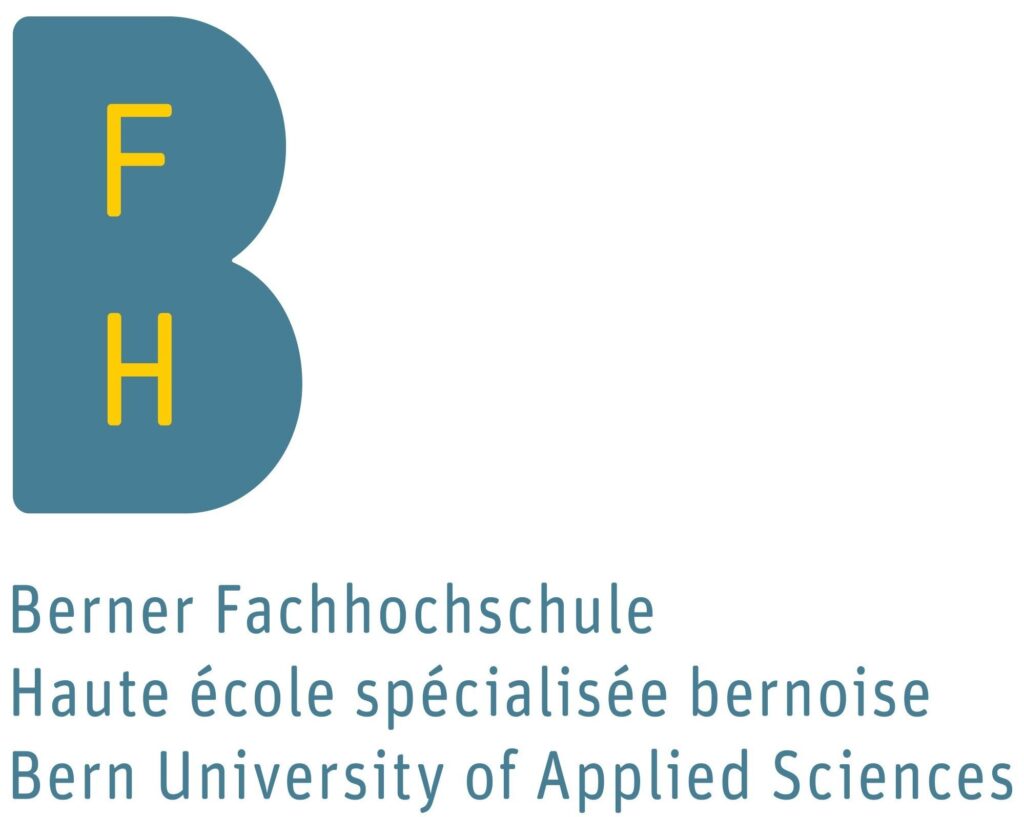From Switzerland the suggestive proposal for a “digital euro”
A non-physical currency devised for the ECB by Christian Grothoff, a computer scientist from Bern, David Chaum, an American cryptographer, and Thomas Moser, director of the SNB
A scientific article published at the end of January 2021 took on the task of describing how central banks could issue a secure digital currency in the future.
The approach described meets the main requirements set by the European Central Bank (ECB) for the future of the digital euro.
‘How to issue a central bank digital currency’ by David Chaum, Christian Grothoff and Thomas Moser
Christian Grothoff, professor of computer science at the Bern BFH University of Applied Sciences, is one of the co-authors of the paper.
Emerging or already widespread digital currencies, such as Bitcoin, present national institutions with a crucial decision: should they offer digital alternatives to cash or should they leave them to private individuals? How should the Frankfurt-based institution legislate?

The focus is on technical development, not politics
In a recently published scholarly essay by six hands, Bernese chair David Chaum, an American cryptographer, and Thomas Moser, an Assistant Member of the Governing Board of the Swiss National Bank (SNB), in fact examined the issue of digital currencies issued by central banks.
The authors do not address the question of whether or not a state institution should issue an electronic currency. “Our article shows how a national or supranational central bank can technically implement it,” Christian Grothoff explained.
A GNU Taler token, without Distributed Ledger
The authors propose a token system based on GNU Taler, without Distributed Ledger technology. They show the steps that can be taken to launch an electronic currency while preserving the privacy of transactions for citizens and, at the same time, meeting regulatory requirements.
The authors also show that their approach has no negative impact on the monetary policy of the issuing central bank.
A software that is dutiful to privacy, EU rules and security
“With the emergence of Bitcoin and stablecoins recently proposed by ‘Big Techs’ such as Diem (formerly Libra), central banks face increasing competition from private players offering their own digital alternative to physical money. We do not address the regulatory issue of whether or not a central bank should issue a digital currency of a public nature (CBDC),” they said.
More flexibility in promoting Swiss innovation
Switzerland-Liechtenstein pact on scientific innovation
Bern, Zurich and Aargau bet on innovation… fiscal
This is how the Swiss export industry bets on innovation
“Instead, we contribute to the current research debate by showing how a central bank could do it, if it wished. We propose a token-based system without distributed Ledger technology and show how previously disbursed software-only e-money can be improved to preserve transaction confidentiality, meet regulatory requirements convincingly, and offer a quantum-resistant level of protection against systemic privacy risks.”
Message concerning the amendment of the Federal Innovation Act (In italian)
Federal decree on the financing of Innosuisse’s activities (In Italian)
Federal Act on the Promotion of Research and Innovation (In italian)
Switzerland will have an ad hoc ambassador for… science
And again, “Neither monetary policy nor financial stability would be materially affected because a CBDC (Central Bank Digital Currency, ed.) with this design would replicate physical cash rather than bank deposits.”







